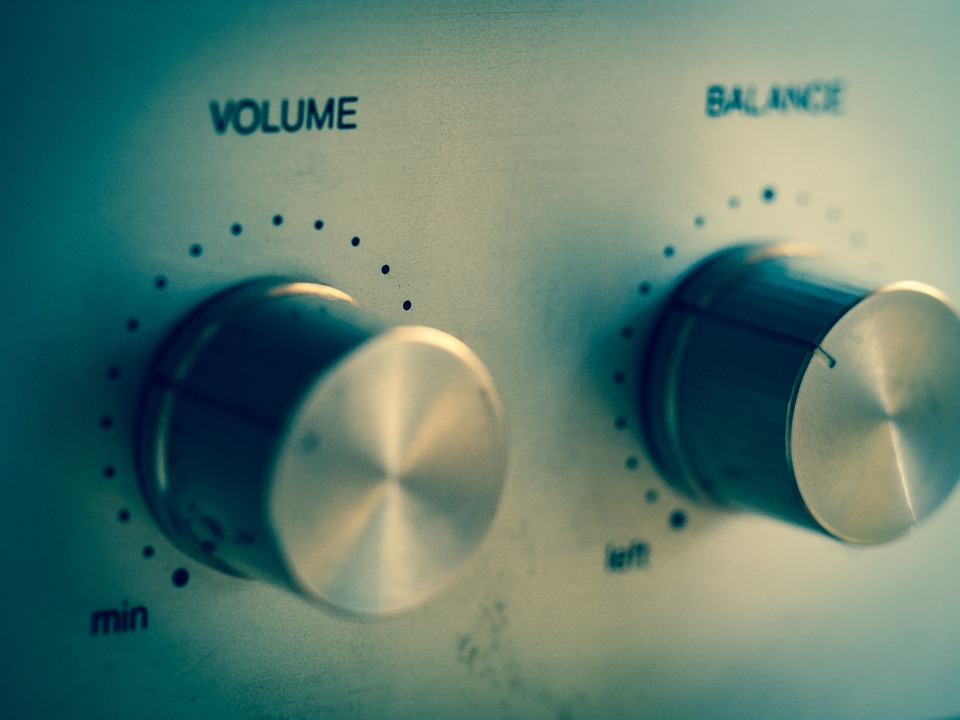Buying an amplifier for your stereo is a difficult process if you don’t know what you’re doing. Yet you’ll have to live with the mistake every time you try to play music or the radio through the speakers. Here are the do’s and don’ts to follow when buying an amplifier, so that you don’t make a mistake when buying this type of equipment. We’ll also address the reasons behind each of these guidelines.

Wattage
Don’t pick an amplifier based on the wattage alone. Power doesn’t make it sound better. For example, the sound quality of records through mid-power speakers is often far better than what you hear on the radio or on a CD because they give up a depth of sound in exchange for volume and power. In short, you get harsh contrasting vocals and rhythm but no melody because so many people rely on high volume to create what they think is good sound. And don’t buy a high-power amplifier and connect it to speakers that can’t handle the load unless you want to risk overheating. Do consider the power efficiency when selecting amplifiers, since inefficient units are more likely to overheat and distort the audio.

Don’t assume watts are the only factor you need to consider, since the ideal sound system may depend on the size and layout of the space. Using pre-amps and secondary speakers may be a better choice than simply increasing the power of the main amplifier.
Resistance
Do select an amplifier based on resistance since it has the biggest impact on sound quality. This will give you a refined sound without distortion. Distortion makes the sounds seem artificial and unnatural. A high degree of accuracy and clarity, though, makes the music – especially classical music and rich vocals – seem natural. Don’t overlook the impact of bridging. Bridgeable amplifiers alter how wattage is expressed. You can link several amplifiers in parallel to multiply the wattage, but if you overload two or more amplifiers with the intent to quadruple the power, you’ll damage the equipment by overheating or overload. Don’t try to connect amplifiers in parallel satellites – leave it to the experts.
Hardware Type
Don’t only stick to one type of amplifier. There is a major debate between solid state amplifiers and tube amplifiers. Tube amplifiers give you a natural, organic sound. The tubes modify the tone quality, power, and distortion of the audio. It creates a wider sound that generates a layered audio experience, the closest thing you can get to being there in person. Tube amplifiers are popular with musicians who pick the amplifier based on their application and relay the sound to a broad audience with authenticity. If you don’t know what is best for your intended application, you can always check a review site like Speakerxpert.
Picking an amplifier is a decision that should not be taken lightly. A good amplifier can really add value to your system and help enjoy it to its full capacity. Learn the pros and cons of each type of amplifier before you buy.
You can also stay updated by subscribing to iTechCode.